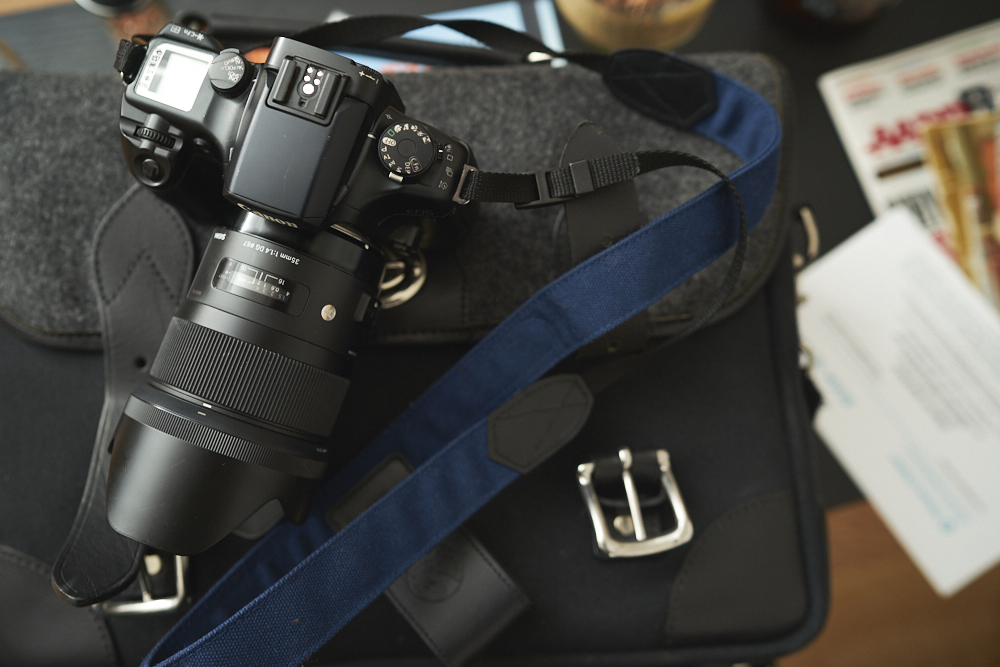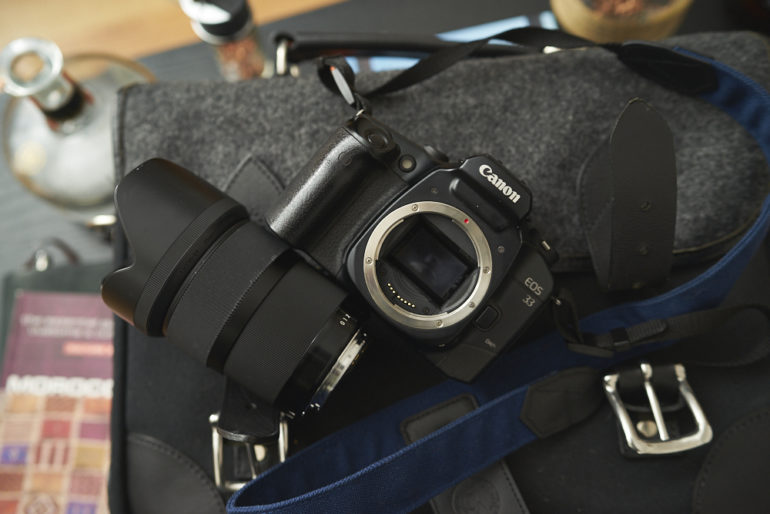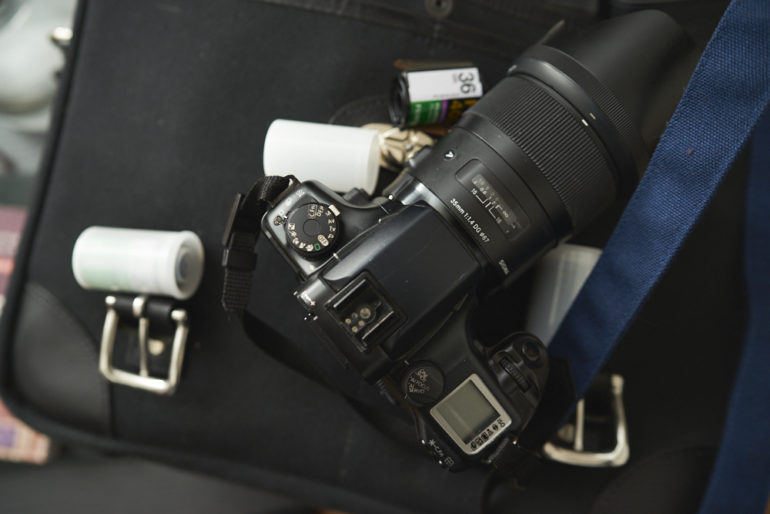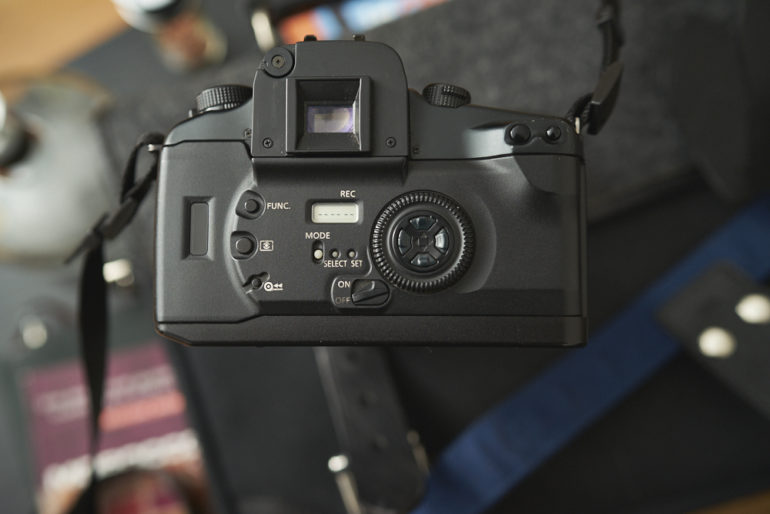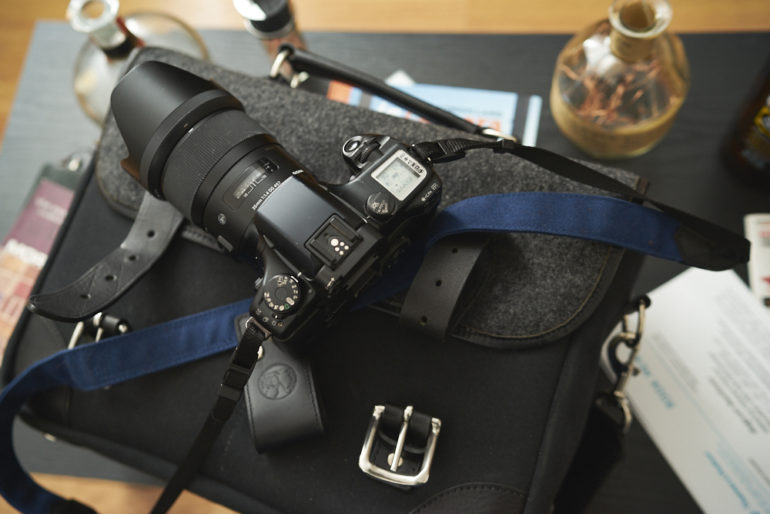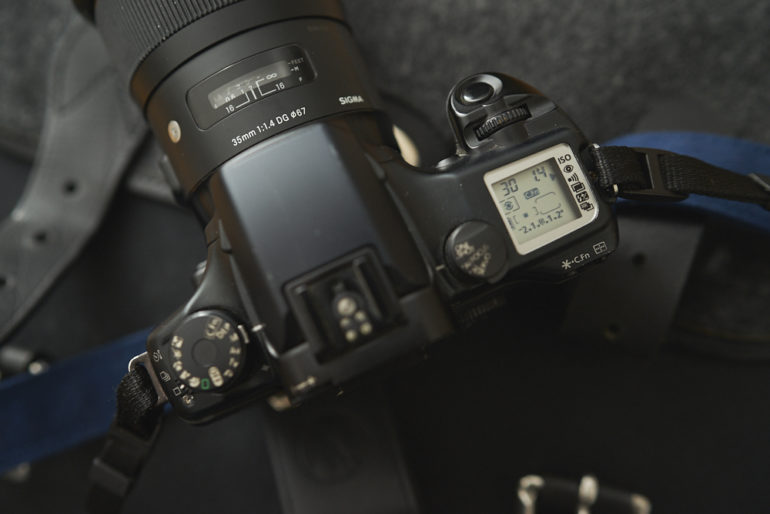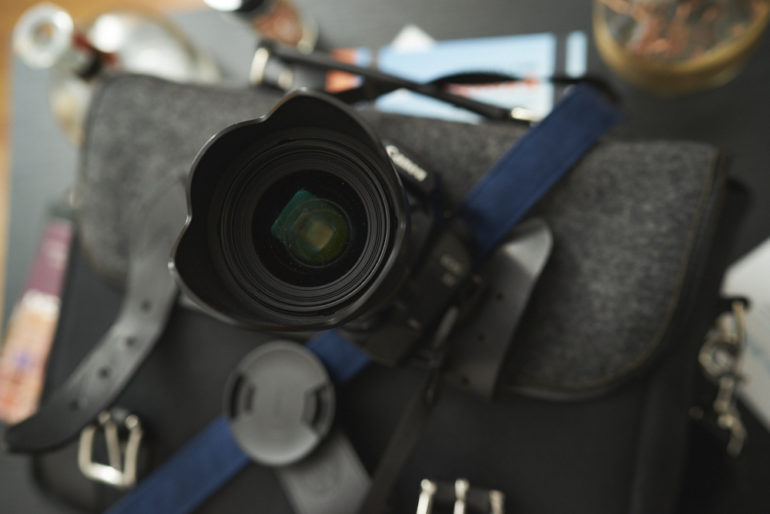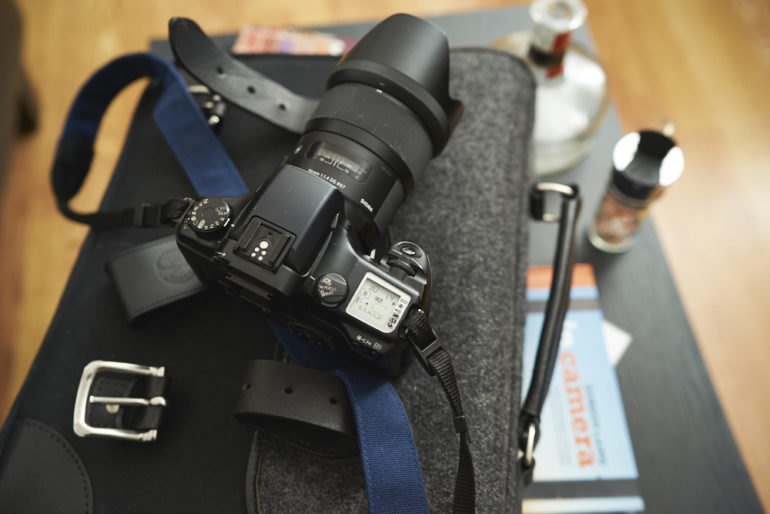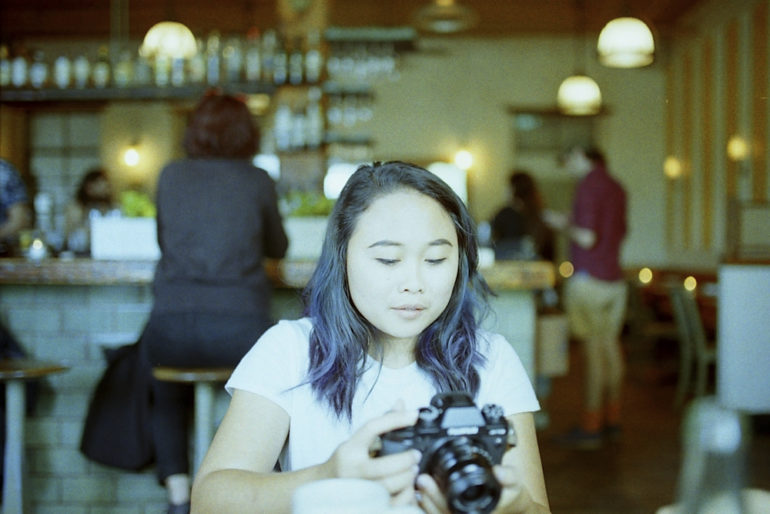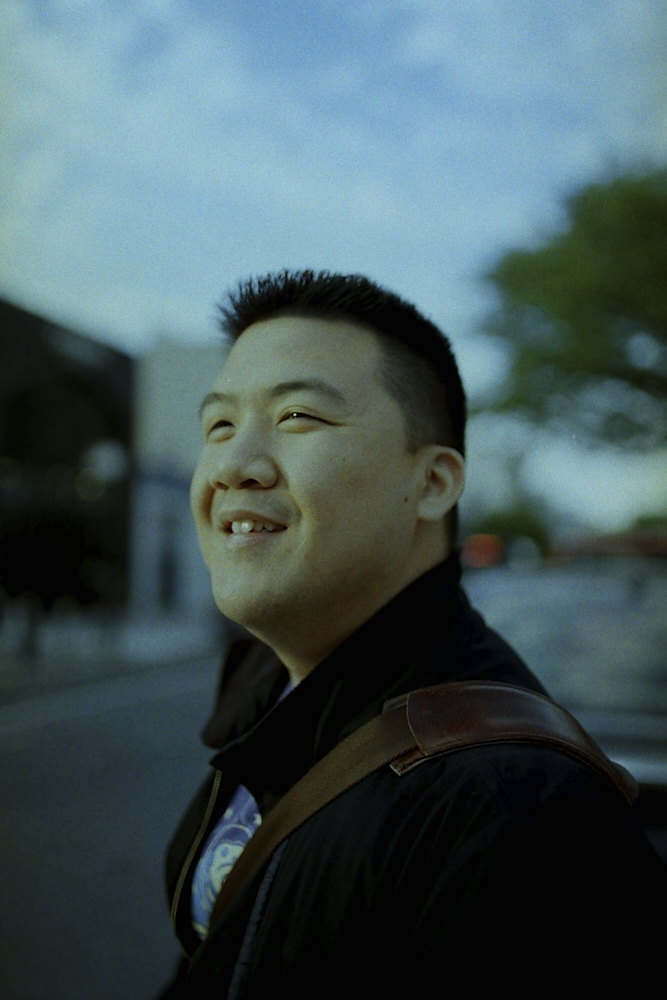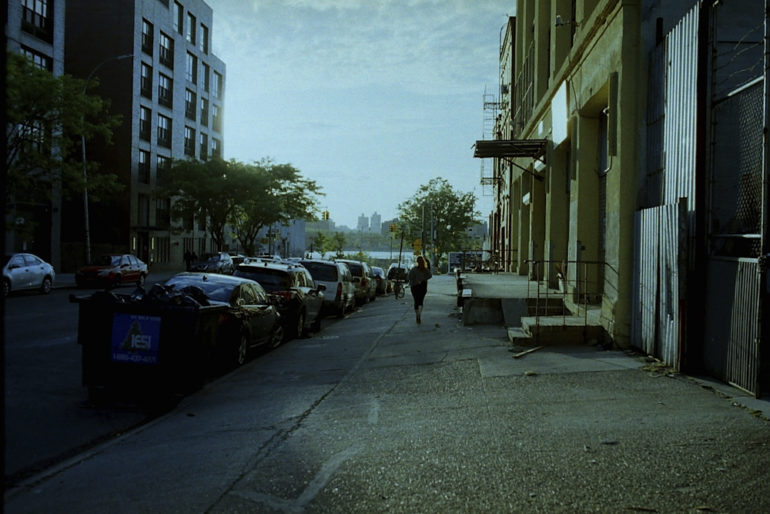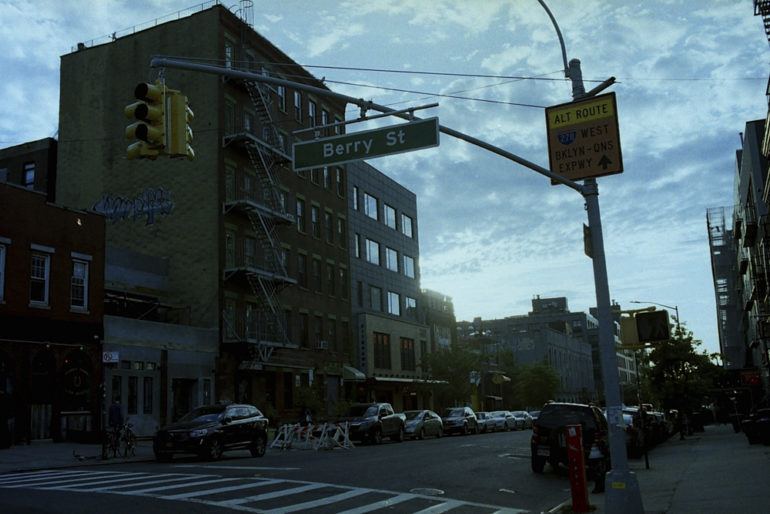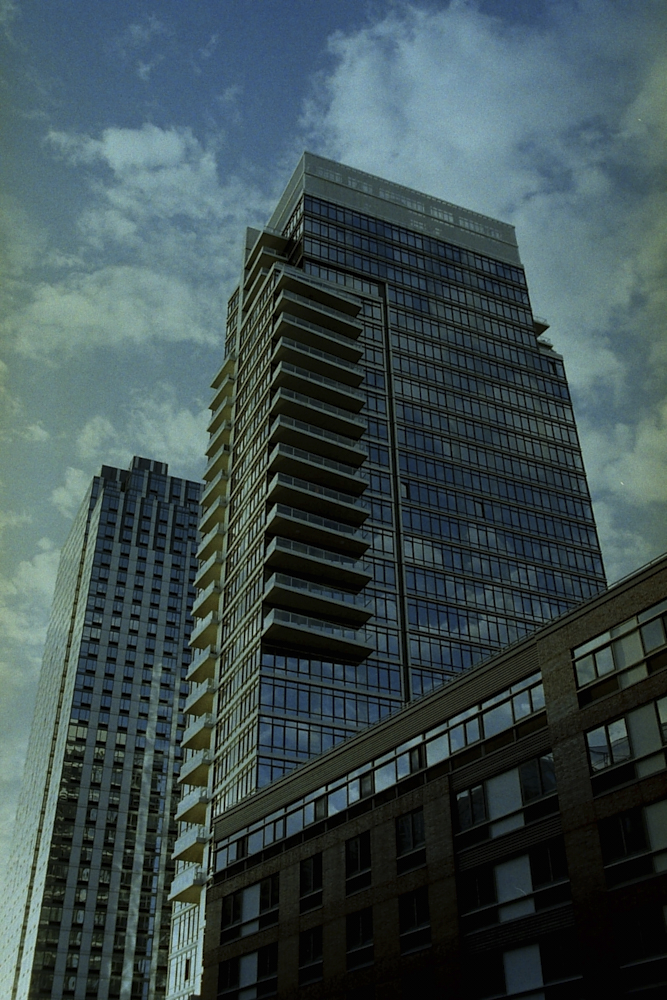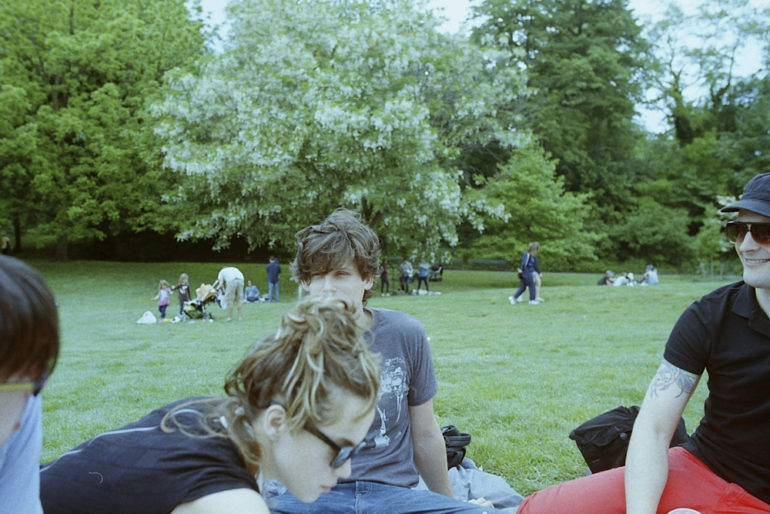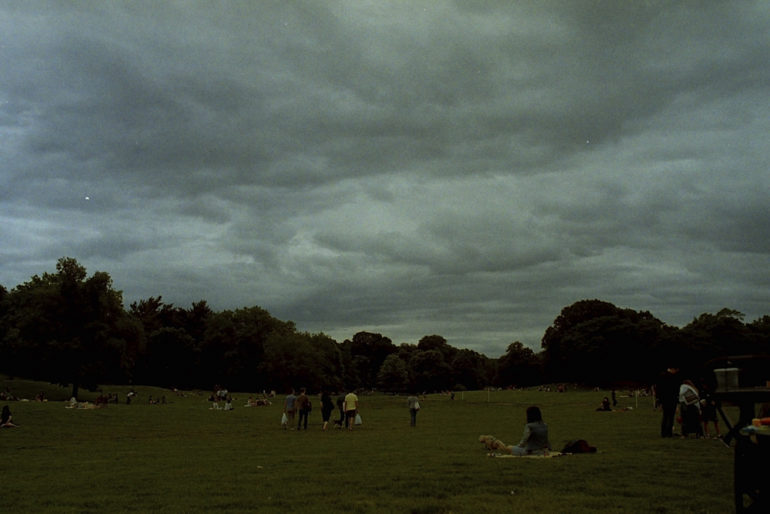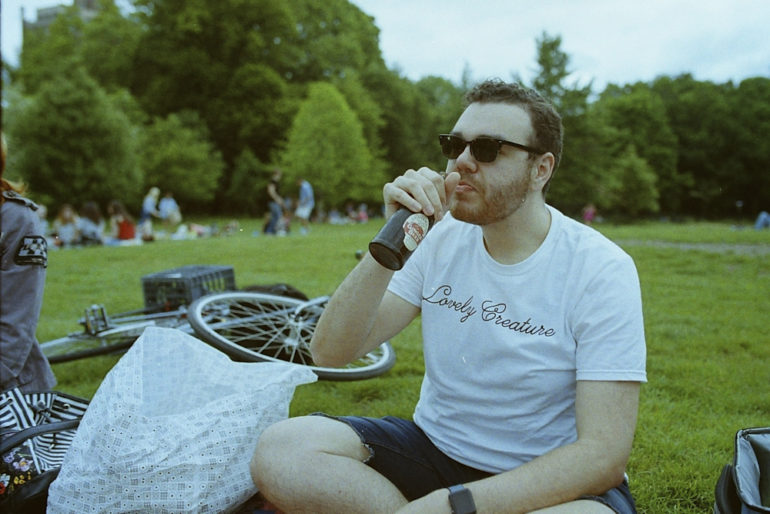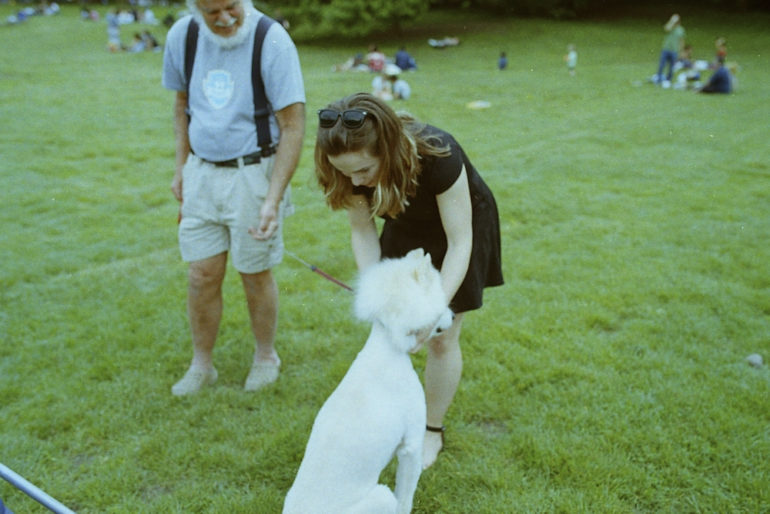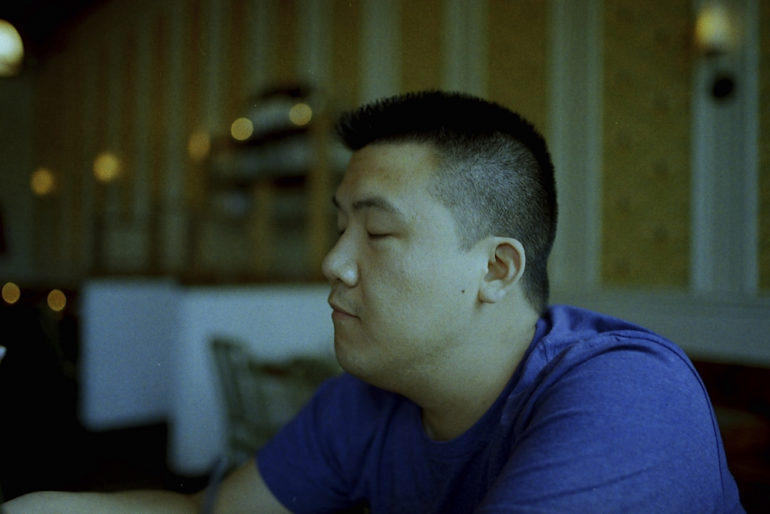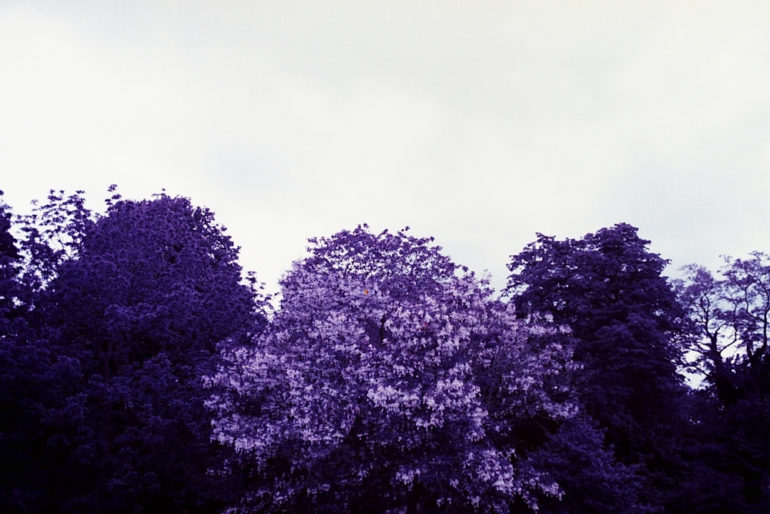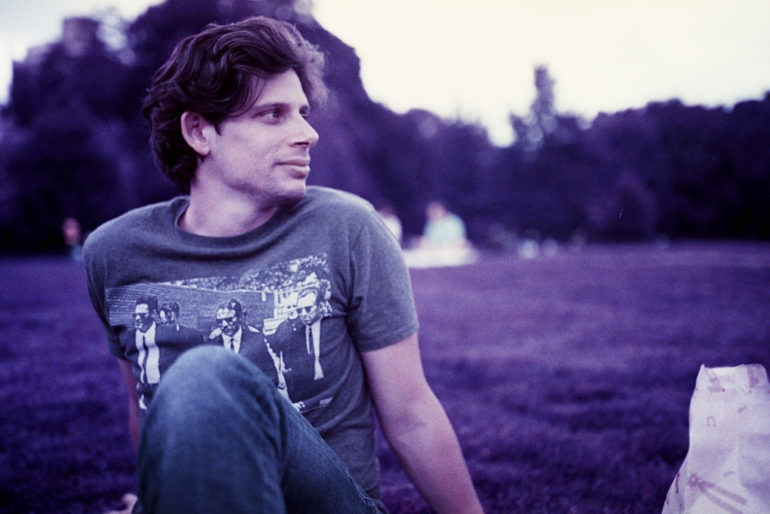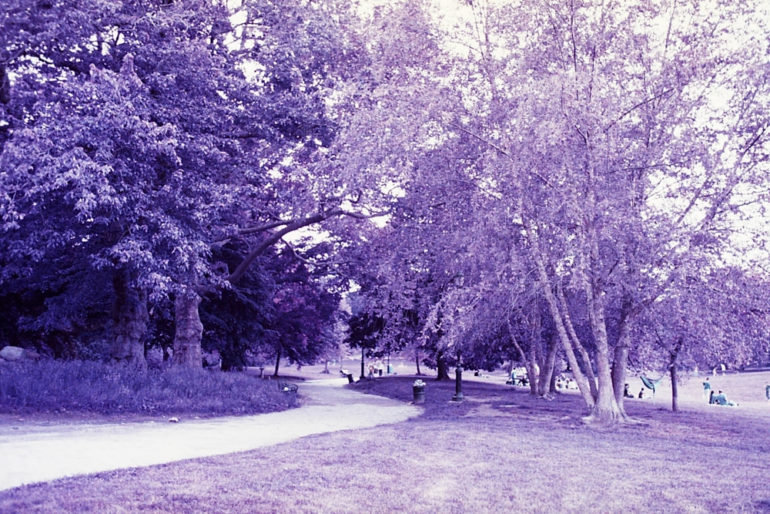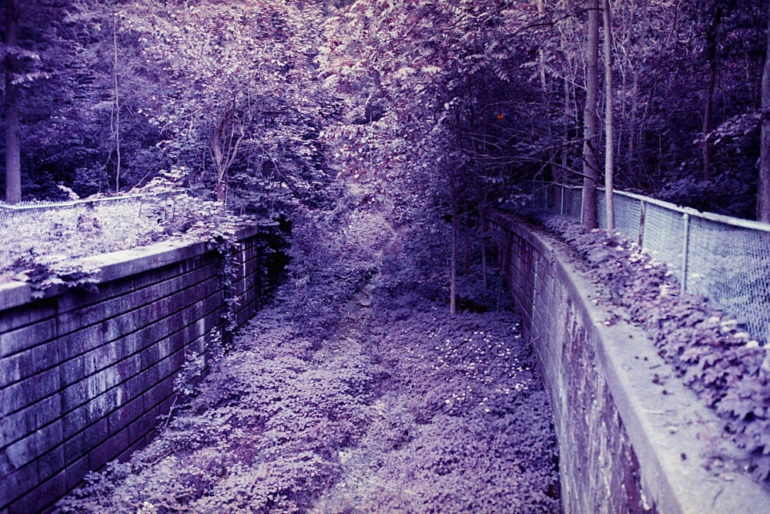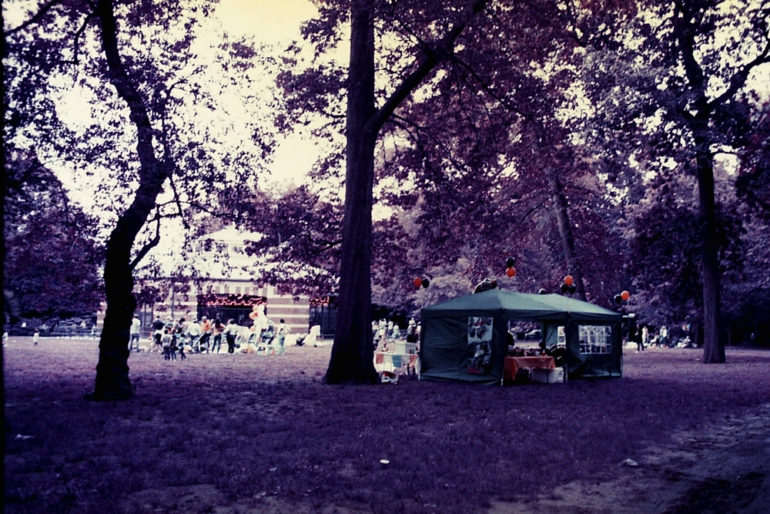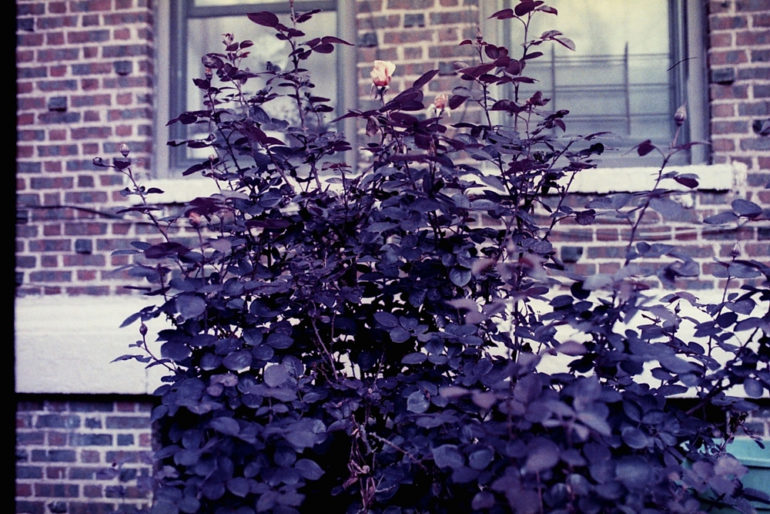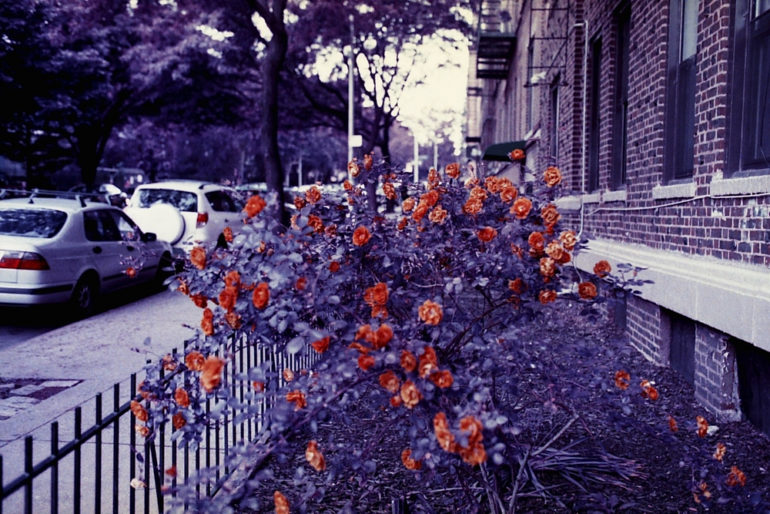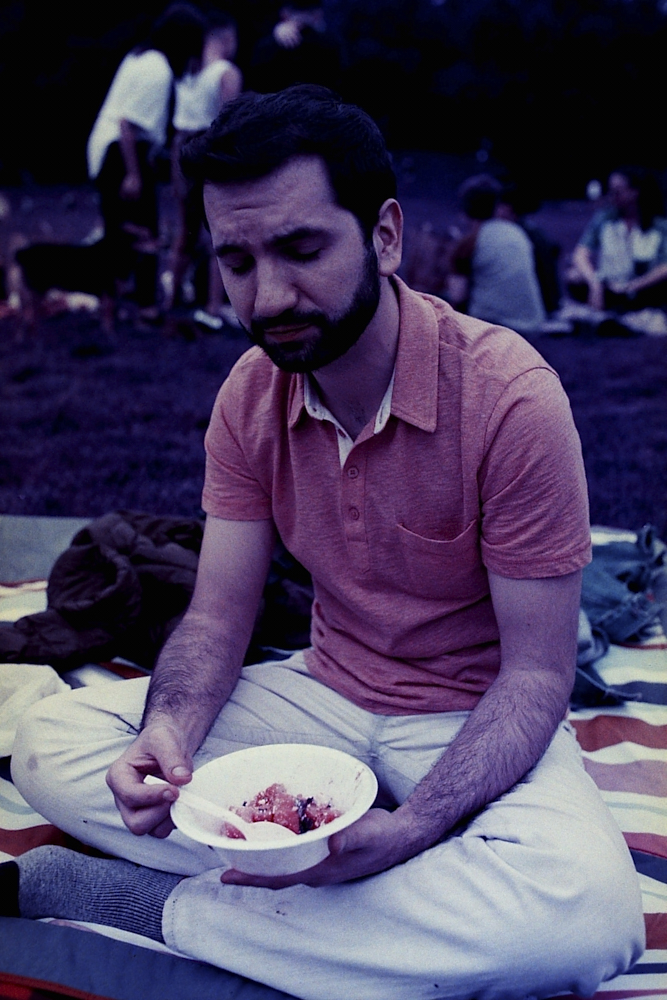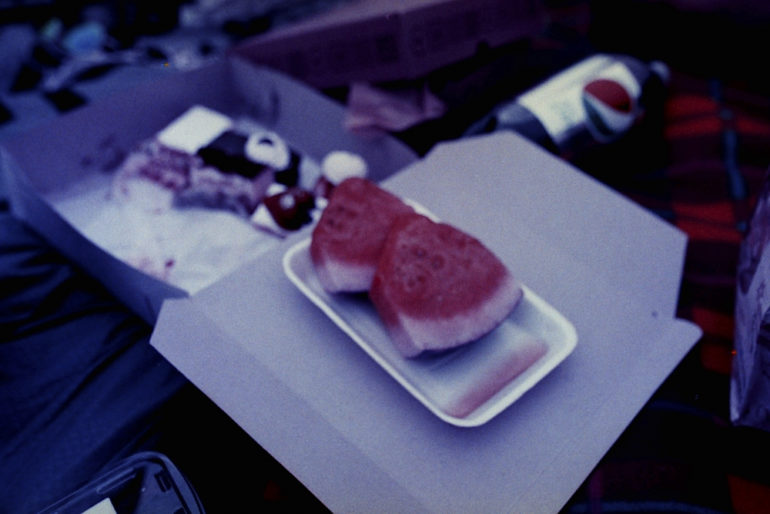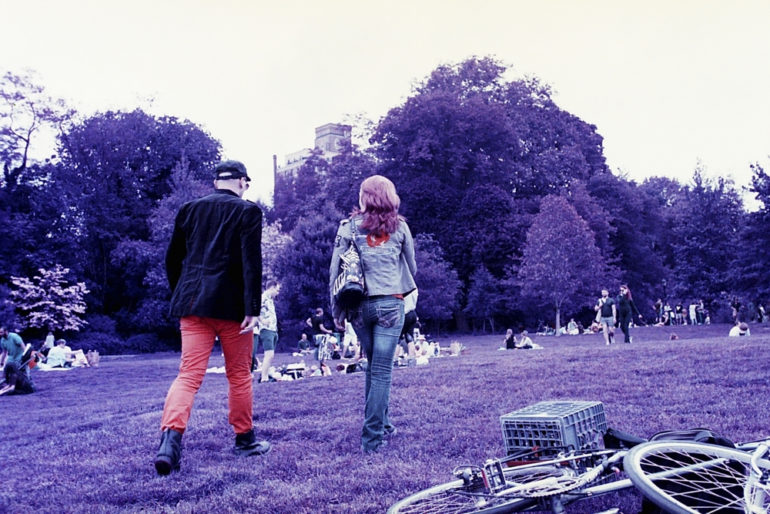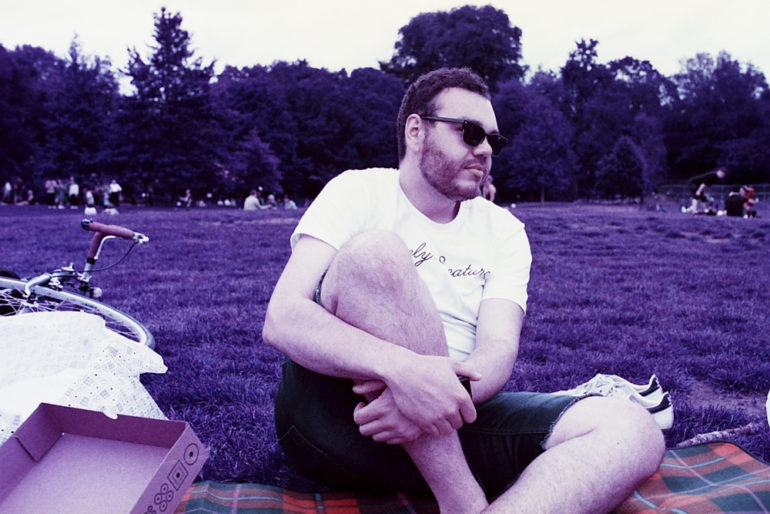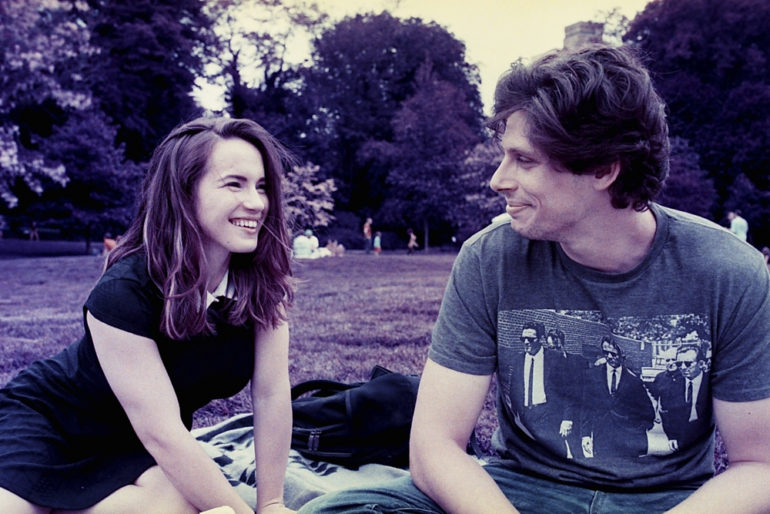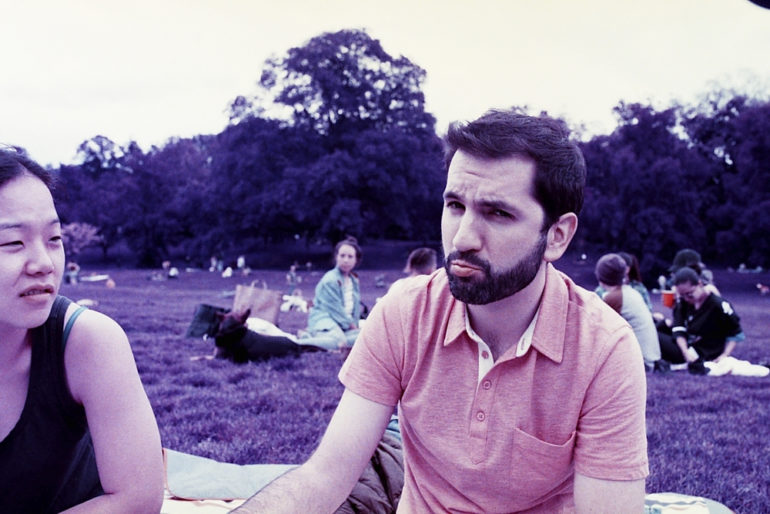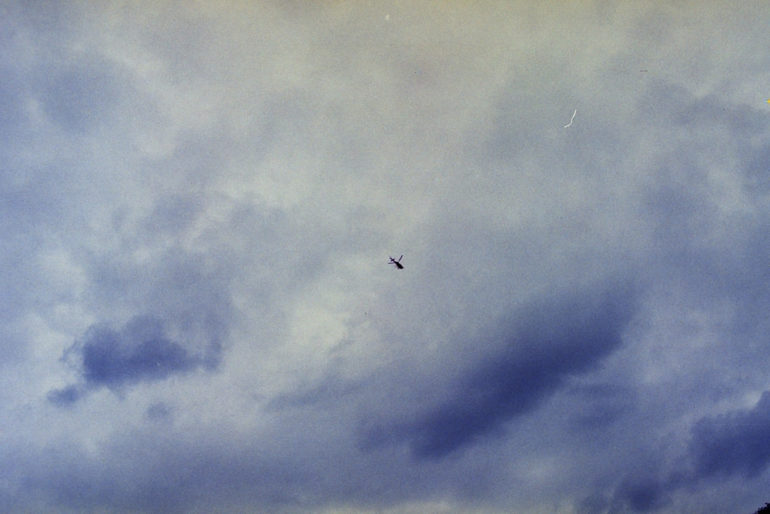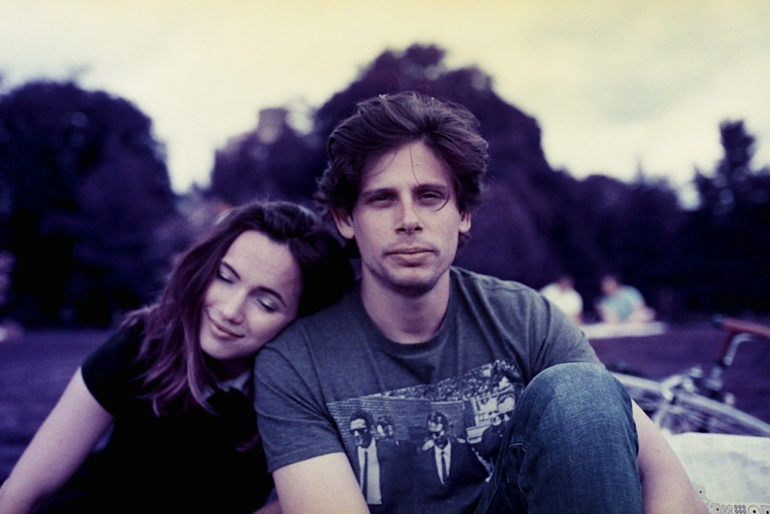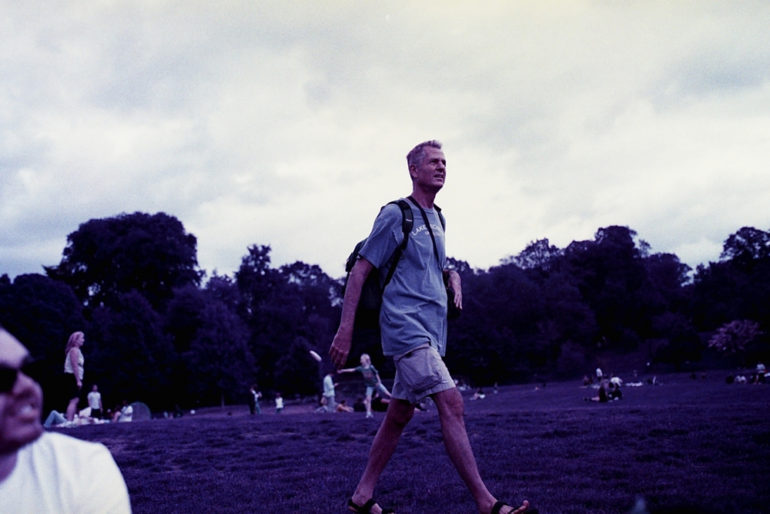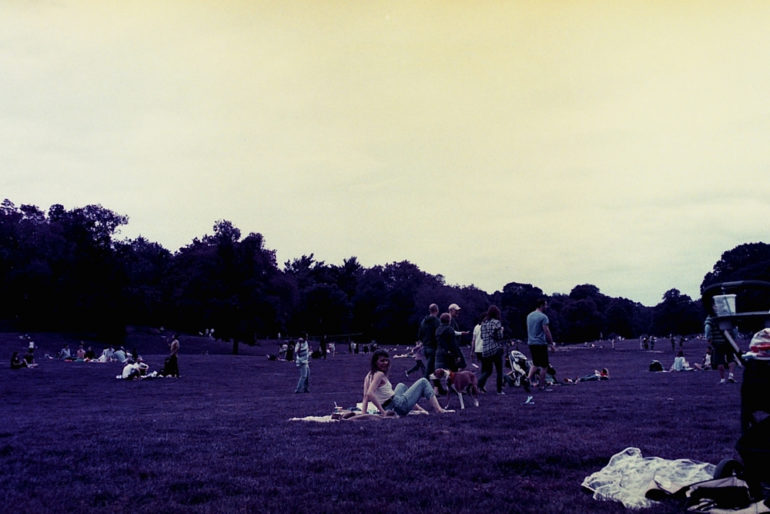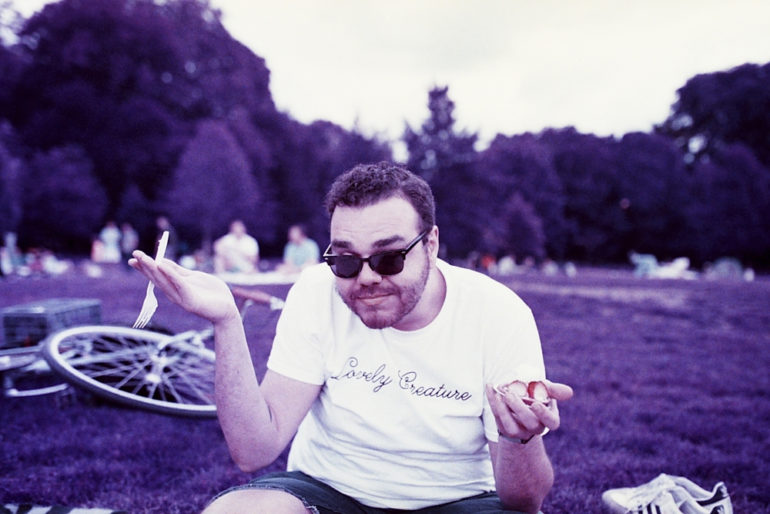If you were to look at any of the best Canon EOS film cameras made, you probably wouldn’t think immediately about the Canon EOS 33. But indeed, it and the Canon Elan 7 are surely some of the best. These cameras incorporate features that make a whole lot of sense for most modern film shooters and don’t cater to the film shooting sports photographer–if even such a thing exists. One of the best things about the Canon EOS 33 is not only its price point but also just how reliable it is.
Pros and Cons
Pros
- Pretty solid build quality, though doesn’t have weather sealing
- Simple to use if you’re a Canon DSLR user
- A fair amount of simple configuration options
- Works with a load of Canon, Sigma and other autofocus lenses
- Works just fine with Canon’s E-TTL flash system and third party options
Cons
- Doesn’t seem to automatically detect the ISO of the film that you’re using that well. That’s not biggie, you can set it yourself
- Focusing points can be difficult to see even for folks with good vision
Gear Used
We tested the Canon EOS 33 with the Sigma 35mm f1.4, Tamron 70-200mm f2.8 VC G2, Adorama’s Xplor600 light, Lomography 100 Negative, Lomography 400 negative, and Lomography LomoChrome Purple films.
Tech Specs
These specs are courtesy of the CNet listing.
GENERAL
-
Depth2.7 in
-
Camera TypeSLR camera
-
ManufacturerCanon
CAMERA FLASH
-
Typepop-up flash
-
Guide Number (m / ISO 100)13
-
Lens Coverage28mm
-
Shooting Range3.3 ft – 17 ft: ISO 100
-
Color Temperaturedaylight
-
Zoomautomatic
-
Red Eye ReductionYes
-
FeaturesAF illuminator, flash +/- compensation, flash exposure bracketing
-
Power ConsumptionRecycling time – 2 sec
CARRYING CASE
-
Typenone
MISCELLANEOUS
-
Included Camera Accessoriesbody cap, strap
VIEWFINDER
-
Field Coverage90 x 92%
-
Viewfinder FramesAutofocus frame
-
Viewfinder InformationShutter speed, exposure compensation, AE lock, AF-in-focus, flash charge completion, red-eye reduction, aperture
-
Focusing ScreenLaser matte
-
TypeFixed eye-level pentaprism
CAMERA
-
Exposure Range DetailsEV 1-20 (ISO 100)
-
TypeSLR camera
-
Camera Format35mm
-
Min Exposure1/4000 sec
-
Max Exposure30 sec
-
Exposure ModesA-TTL program flash, E-TTL program flash, TTL program flash, aperture-priority, automatic, bulb, depth-of-field, manual, program, shutter-priority
-
Shutter Controlelectronic
-
Timer Functionsself timer
-
Self-Timer Delay10 sec
-
Lens System Presenceoptional (body only)
-
Shooting Modesclose-up, full auto, landscape, night, portrait, sports
-
Exposure Meteringcenter-weighted, evaluative, partial (10%)
-
Exposure Metering Zones35
-
Exposure Compensation±2 EV range, in 1/2 EV steps
-
Auto Exposure Bracketing3 steps in 1/2 EV step
-
Multi-Exposure9 exposures per frame
-
Auto FocusTTL phase detection
-
Auto Focus Modesautomatic, continuous, single-shot
-
Auto Focus Points (Zones)7
-
Auto Focus Working RangeEV 1-18
-
X-sync Speed1/125 sec
-
Remote ControlOptional
-
Film Speed RangeISO 6 – 6400
-
Film Advanceautomatic
-
Continuous Shooting Speed4 frames per second
-
Status LCD Display Informationaperture, autofocus mode, self-timer mode, shutter speed, battery condition, exposure compensation, film speed, flash mode, frame counter, metering mode, program, red-eye reduction
-
Flash Terminalhot shoe
-
Features2-speed rewind, autoexposure lock, autofocus lock, bulb, depth-of-field preview button, mirror lock
-
Lens MountingCanon EF
BATTERY
-
Required Qty2
-
Form FactorCR123A
-
Technologylithium
-
TypeCamera battery – CR123A
HEADER
-
BrandCanon
-
Product LineCanon EOS
-
Model33
-
Packaged Quantity1
CE SYSTEM
-
Remote Controloptional
LENS SYSTEM MOUNTING
-
Mounting TypeCanon EF
EXPOSURE RANGE
-
Light Metering RangeEV 1-20
-
SensitivityISO 100
DIMENSIONS & WEIGHT
-
Width5.8 in
-
Height4.1 in
-
Weight20.28 oz
CAMERA FLASH DETAILS
-
Recycling Time2 sec
OPTICAL VIEWFINDER
-
Typefixed eye-level pentaprism
-
Field Coverage90 x 92%
-
Magnification0.70x
-
Dioptric Correction Range-2.5 to +0.5
-
Viewfinder Framesautofocus frame
-
Focusing Screenlaser matte
TRIPOD
-
Typenone
GENERAL
-
ManufacturerCanon
Ergonomics
When you look at the Canon EOS 33 what you’ll find iS OMG WHY ISN’T THE LENS CAP ON THAT CAMERA THE SENSOR IS GOING TO GET ALL OF THE DUST CHRIS WHAT THE HELL IS WRONG WITH YOU UGH IM NEVER READING PHOBLOGRAPHER AGAIN!!!!
Relax, this is film and there was no film loaded into the camera while I was shooting these photos.
As I was going to say, the front of the camera is very minimal. Canon has always adhered to this philosophy.
The top of the Canon EOS 33 has some other familiar options. You can shooe the focusing mode here, you’ve got the mode dial, the drive switch, control buttons, an exposure dial and the LCD screen.
If you turn around to the back of the Canon EOS 33 what you’ll find are a number of familiar settings. Obviously you’ve got the back control wheel that Canon is famous for. Then there is a directional pad in place of the joystick, a rewind button, and a function button that lets you go through the camera’s many functions.
This is the data back by the way. Most folks don’t need this. Heck, I don’t need it.
Build Quality
In the hand, the Canon EOS 33 feels just as solid as pretty much any full frame DSLR with the exception of the new 5D series and 1D series of cameras. It conforms well to the hand and it is lightweight. I have no issues toting it around all day. In fact, I’m confident enough to use it as a backup body for my Canon 6D.
Ease of Use
The dials and buttons are easy enough to figure out. But what you’ll want to watch out for is the overly sensitive drive mode switch on the top left. But in addition to that, look at the LCD screen. The Canon EOS 33 lets you change parameters using the function button. You can change the ISO that way and a number of other things.
Considering that this isn’t a digital camera, there’s not a whole lot to worry about either.
Metering
The metering of the Canon EOS 33 is based on film. So Sunny 16 will work fine. In general, you’ll also not have much of an issue with exposures unless you totally mess things up mistakenly.
When you’re loading up new film though, be sure to change whatever the ISO setting is.
Autofocus
In most cases, I found the Canon EOS 33 to have pretty good autofocus. It’s typically accurate but my problem has to do with the fact that the autofocus points themselves are difficult to see. It can be a major downer when using the camera.
Image Quality with the Sigma 35mm f1.4 Art Lens
Lomography Color Negative 400
Lomography LomoChrome Purple 100-400
Conclusions
I really like the Canon EOS 33, but a part of me wants to reach for the Canon Elan 7 a bit more. They’re almost the same camera. And if you’re just looking for a good, reliable, and affordable Canon EOS film camera body to use your Canon EF mount lenses with, then this is the current flavor of the month. Hurry up and grab one before the prices go up.


